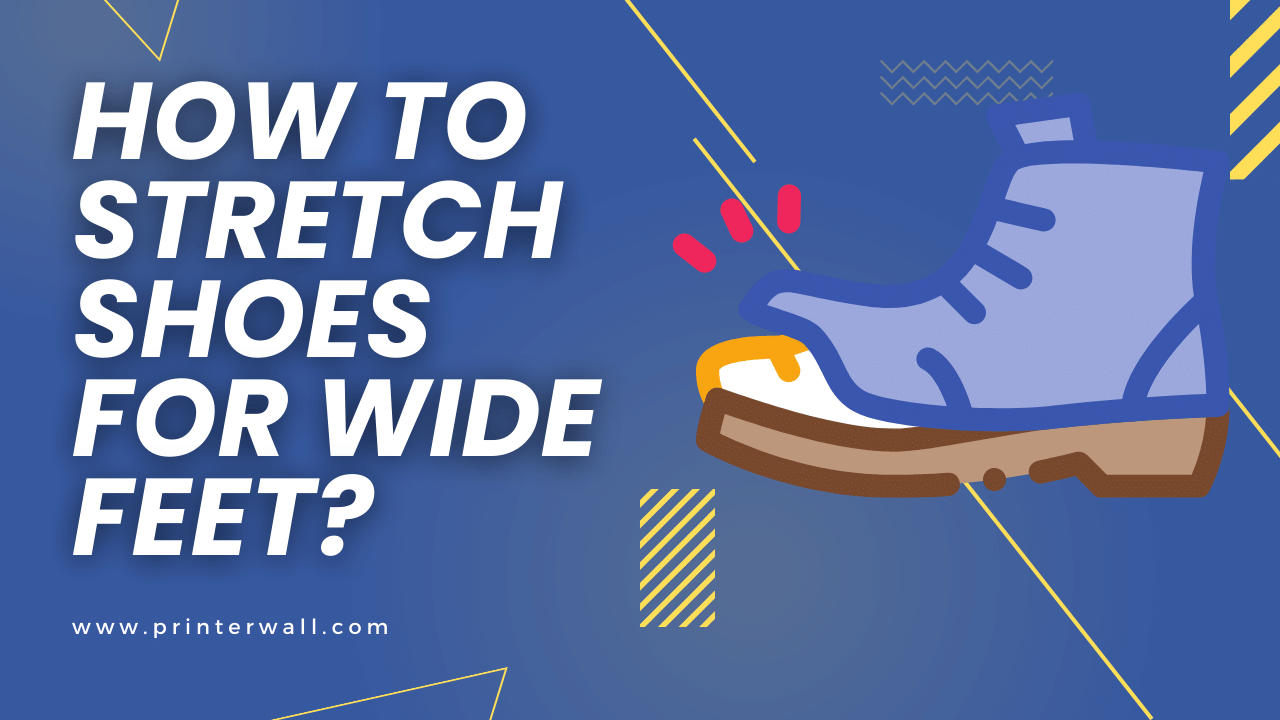If you’re plagued by the problem of shoes that pinch your wide feet, you’re not alone. Shoes often seem as though they’re designed for a narrow standard, leaving those with wider feet in a bind. The good news is that shoe stretching is not only possible, but it can be done effectively and comfortably at home. Let’s delve into the science-backed methods of “How to Stretch Shoes for Wide Feet?”
Understanding the Shoe Stretching Techniques
Shoe stretching techniques are myriad, but they all work on the basic principle of applying pressure or heat to specific parts of the shoe to increase their width. Some methods involve using shoe stretching tools, while others are DIY approaches that require simple household items. Whichever method you choose, it’s essential to do it properly and avoid damaging your favorite footwear.
Shoe Stretching Tools: The Professional Touch
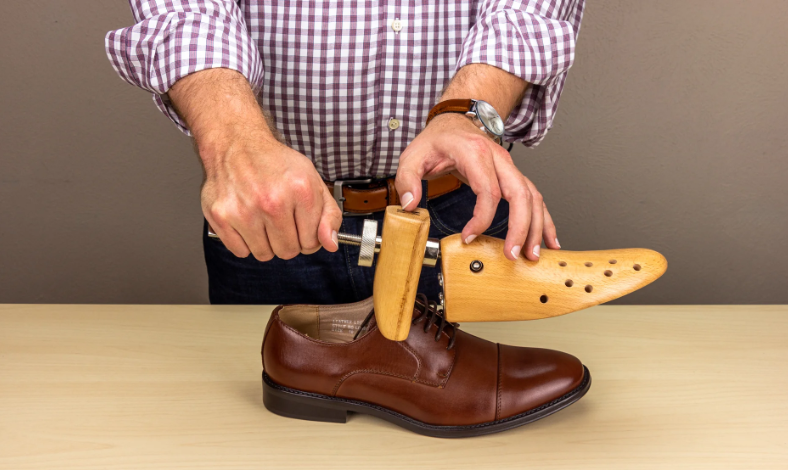
Shoe stretching tools are a godsend for wide feet. These devices can either be shoe stretchers that resemble a foot and are inserted into the shoe or sprays that are applied to the shoe’s material to relax it. Let’s examine how these tools work.
1. Shoe Stretchers: These are adjustable devices made of wood or plastic that you insert into your shoe and then expand to stretch the shoe’s material. These stretchers can be used to widen the entire shoe or specific areas that are too tight, such as the toe box.
2. Shoe Stretching Sprays: These sprays are designed to soften shoe materials, making them easier to stretch. They are particularly effective on leather shoes, though they can be used on a variety of materials. Sprays work best when combined with a shoe stretcher.
DIY Shoe Stretching: Quick Fixes at Home
If you don’t have access to professional tools, fear not! You can turn to these DIY methods for a quick and effective fix.
1. Stretching Shoes with Ice: This ingenious hack leverages the fact that water expands when it freezes. Fill a zip-lock bag with water, insert it into your shoe, and then put the shoe in the freezer. As the water freezes and expands, it stretches the shoe.
2. Stretching Shoes with Heat: Heat makes materials more pliable and easy to stretch. One common method involves using a hairdryer to heat the tight areas of your shoes, then wearing thick socks and walking around until the shoe cools down. Remember to be careful when applying heat to avoid damaging the material.
3. Shoe Stretching at Home Using Thick Socks and Time: This age-old method simply requires wearing your shoes with thick socks and keeping them on for an extended period. The pressure from your feet will gradually stretch the shoes out. This method requires patience but is very effective, especially for leather shoes.
Common Mistakes to Avoid When Stretching Shoes
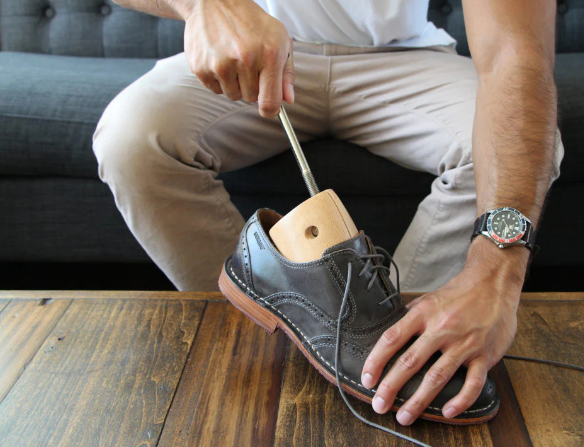
While stretching shoes can make them more comfortable for wide feet, it’s also easy to damage your shoes if you’re not careful. Here are some potential pitfalls to avoid:
1. Overstretching: If you stretch a shoe too much, it can become too loose and difficult to wear. Always stretch gradually and try on your shoes periodically to ensure they’re becoming the right fit.
2. Ignoring Material Limitations: Not all materials stretch well. For instance, synthetic materials may not respond well to stretching and could even crack. Research your shoe’s material and choose an appropriate stretching method.
3. Skipping the Conditioning: Particularly when dealing with leather, it’s essential to condition the shoes after stretching. This prevents the leather from drying out and cracking.
4. Rushing the Process: Shoe stretching is not a quick fix. It takes time and patience. If you rush the process, you could end up with poorly fitting shoes or even damage them.
Exploring Other Shoe Stretching Hacks
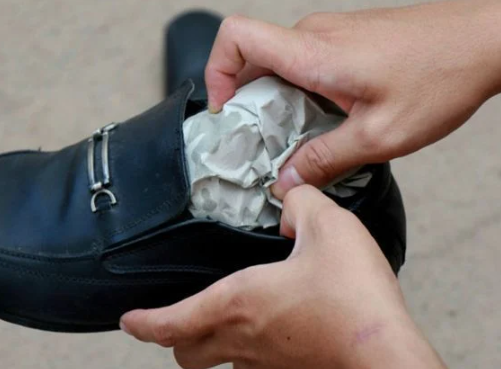
Beyond the traditional methods of shoe stretching, there are other unique hacks that can make your shoes more accommodating for your wide feet. Let’s explore these lesser-known but equally effective tricks.
The Rubbing Alcohol Method
Rubbing alcohol, commonly used as a disinfectant, can also serve as an effective shoe stretcher. This method works particularly well for leather and canvas shoes. Here’s how to do it:
- Mix equal parts water and rubbing alcohol in a spray bottle.
- Spritz the inside of your shoes until the material is damp but not soaked.
- Immediately wear the shoes with thick socks and walk around for about 20 minutes. This will allow your feet to stretch the shoes from the inside.
The alcohol will make the material more flexible, making it easier for the shoes to mould to the shape of your foot. Ensure that you let the shoes dry thoroughly after stretching them to prevent the growth of bacteria.
Using a Potato for Shoe Stretching
Yes, you read that right. A potato can serve as a makeshift shoe stretcher, particularly useful for stretching the toe box area of the shoe. Here’s the process:
- Peel a potato and shape it to match the size and contour of your shoe’s toe box.
- Push the potato into the shoe, ensuring it’s snug in the toe box.
- Leave the potato in the shoe overnight.
- Remove the potato and let the shoe dry completely before wearing.
The potato, being solid and slightly malleable, will exert gentle pressure on the toe box, causing it to stretch. This method might sound unusual, but it’s worth a try for its simplicity and cost-effectiveness.
Stretching Shoes for Specific Conditions: Bunions and High Insteps
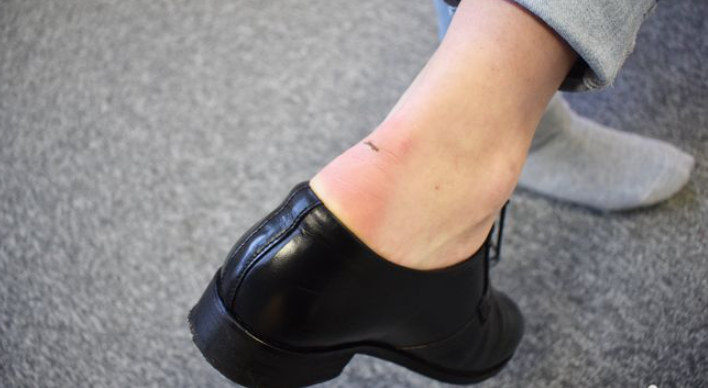
Having wide feet might sometimes be associated with certain foot conditions like bunions and high insteps. Stretching shoes to accommodate these conditions is not just about comfort but also about preventing further aggravation of these conditions.
Bunions: These are bony bumps that form on the joint at the base of your big toe. Shoes that are too tight can cause or worsen bunions. When stretching shoes for bunions, focus on creating more room around the toe box. A ball and ring shoe stretcher is a great tool for this as it can stretch a specific area of the shoe.
High Insteps: A high instep refers to the raised part of the foot between the toes and the ankle. Shoes with a shallow vamp (the upper part of the shoe that covers the top of the foot) can press uncomfortably against a high instep. In this case, use a shoe stretcher with a long handle to increase the height of the vamp.
Frequently Asked Questions About How to Stretch Shoes for Wide Feet?
1. How long should I stretch my shoes to fit wide feet comfortably?
This depends on the method you’re using and the material of your shoes. Some shoes might stretch sufficiently within a few hours, while others might require several days. The key is to be patient and avoid overstretching.
2. Can I stretch high heels to make them more comfortable for wide feet?
Yes, high heels can be stretched using the methods described above. However, because of their unique shape, it might be best to use a shoe stretcher designed specifically for high heels.
3. How to prevent shoes from shrinking back after stretching for wide feet?
Regularly wearing your shoes after stretching them can help maintain their new shape. Additionally, using a shoe stretcher or stuffing the shoes with newspaper when you’re not wearing them can help maintain the stretch.
Also Read: Where are Invicta Watches Made? [In 2023]
Final Thoughts
Stretching your shoes to fit your wide feet comfortably doesn’t have to be a daunting task. With the right methods and a bit of patience, you can make your favourite pairs fit just right, granting your feet the freedom they deserve.
Whether you’re employing the use of shoe stretching tools, opting for DIY methods or even trying out unique hacks like the rubbing alcohol method or using a potato, remember that every shoe material is different and will react differently to stretching. Always conduct a spot test when trying a new method to avoid ruining your shoes.
In wrapping up this article, we aspire to have given you a comprehensive understanding of “How to Stretch Shoes for Wide Feet?” and its implications, arming you with the knowledge necessary to navigate this area successfully.

Aretha Davis, the wordsmith extraordinaire, weaves enchanting tales with her pen and keyboard. A renowned blogger and writer, her captivating prose transports readers to realms unknown. Join her literary journey and be swept away by the magic of her words.
